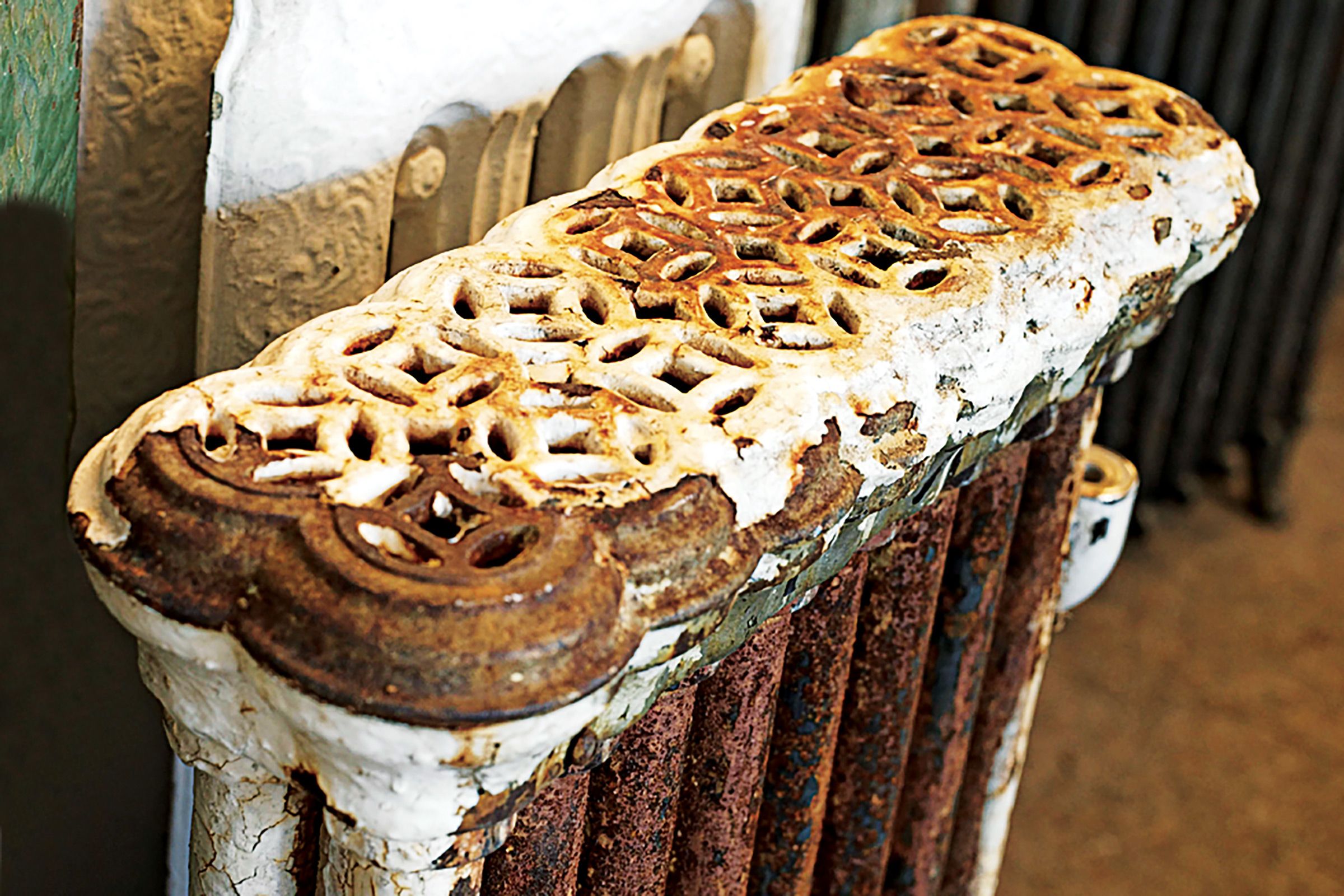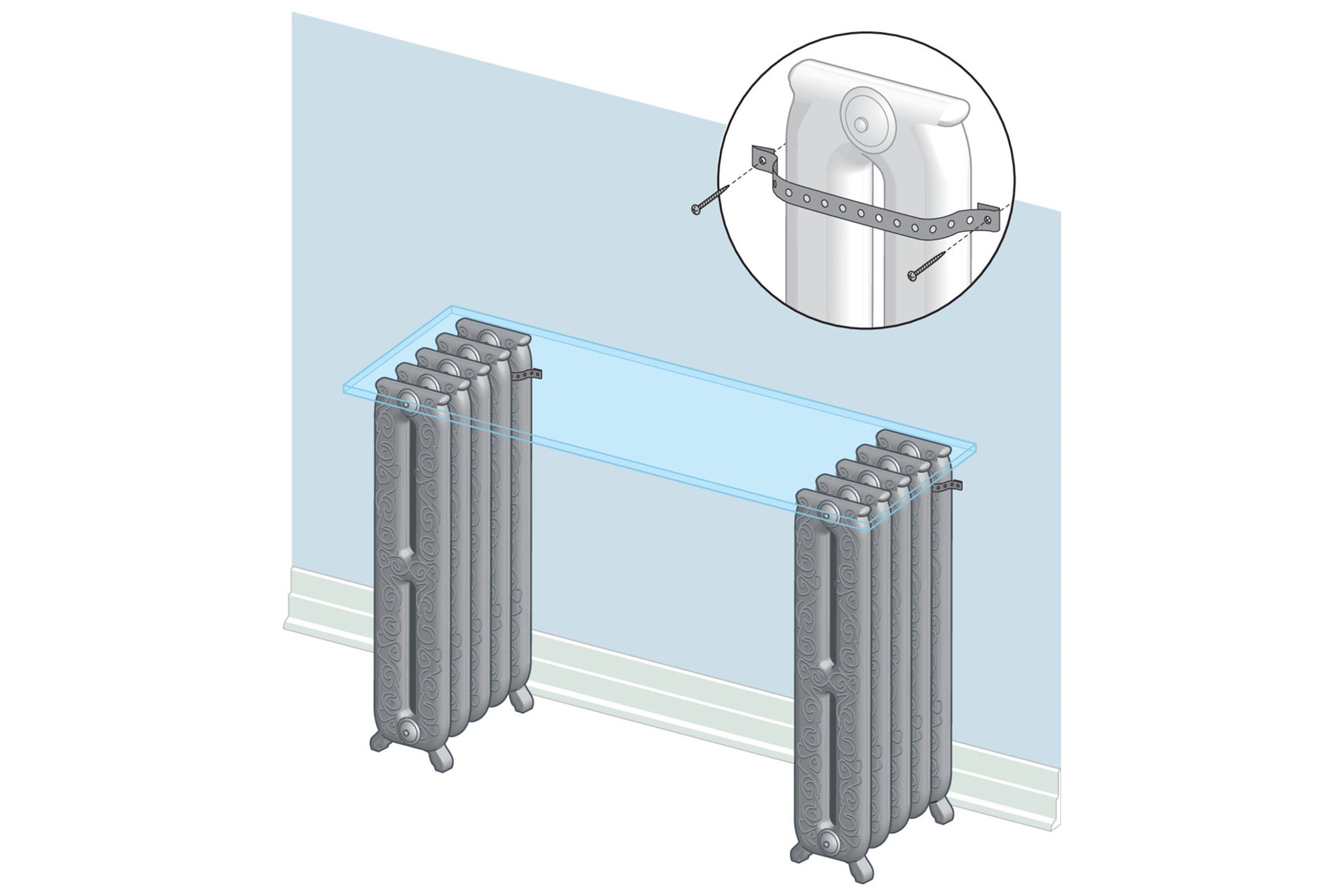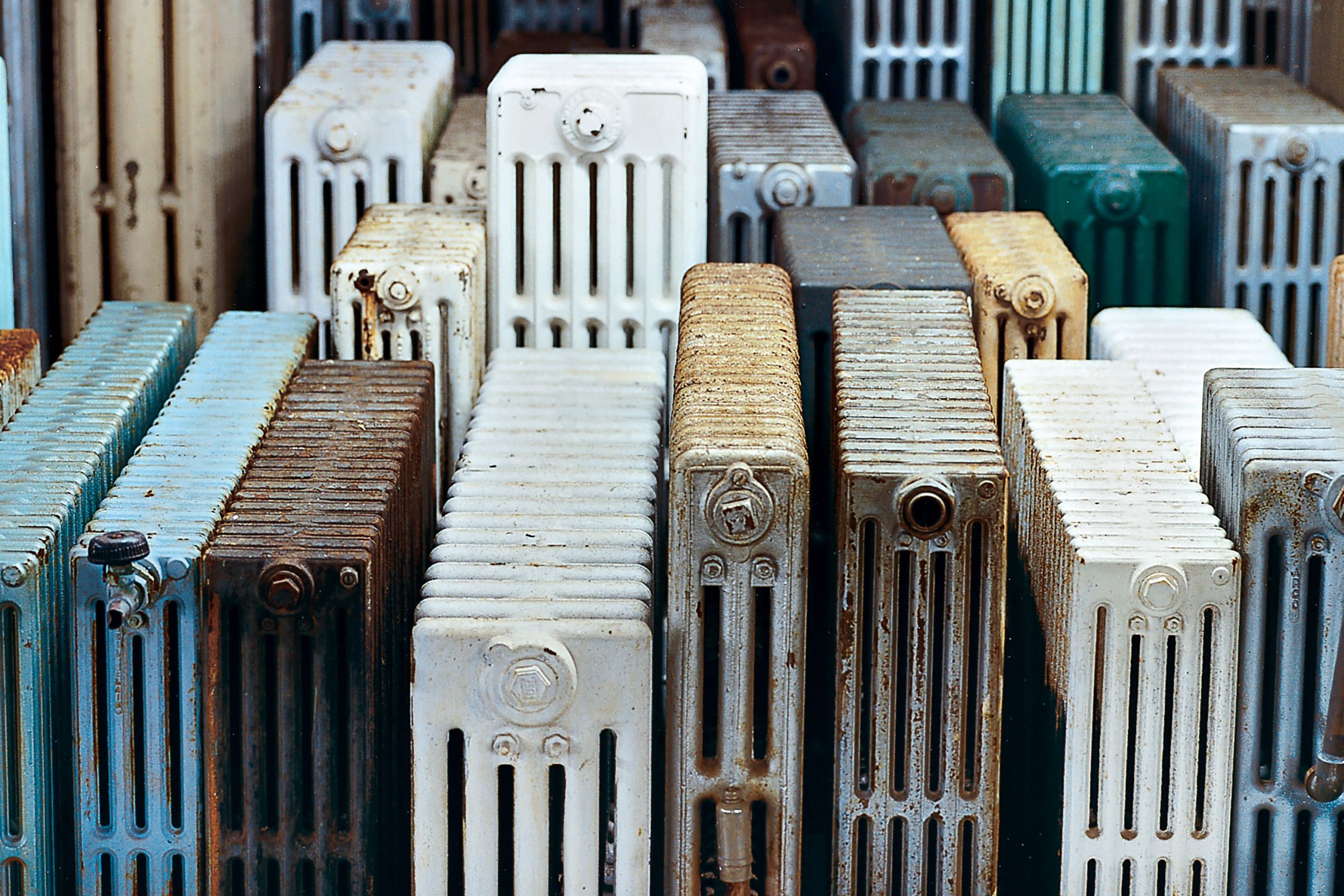Vintage radiators offer more than just warmth—they bring character and charm to homes of all ages. These cast-iron fixtures, with their ornate designs and heating capabilities, have been a staple in American houses for over a century. Whether you’re restoring an old home or adding a touch of nostalgia to a modern space, choosing the right vintage radiator requires careful consideration. This guide will walk you through selecting, installing, and maintaining these classic heating elements.
History of Vintage Radiators
Vintage radiators have a rich history dating back to the mid-1800s. Their evolution mirrors advancements in heating technology and architectural styles.
The first freestanding radiators featured an accordion-shaped iron manifold with a central rod holding the fins together. As heating technology progressed, radiator designs incorporated more elaborate patterns and improved efficiency.
Early radiators operated on a one-pipe steam system. By the early 1900s, two-pipe hot-water radiators became more common. Two-pipe radiators are now highly sought after in salvage yards because they’re compatible with both hot water and steam boilers, making them more versatile for modern installations.
Assessing Your Heating Needs
Before selecting a vintage radiator, understand your heating requirements and the specifics of your space.
BTU Output
BTU (British thermal unit) is a measure of a radiator’s heating capacity. Harry James, co-owner of New England Demolition and Salvage in East Wareham, Massachusetts, tells his customers to work with a plumber to determine how big or small the radiator should be based on the BTU. This calculation will help you choose a radiator that can provide enough warmth without overheating the space.
Room Size and Layout
The dimensions of your room play a role in radiator selection. A tall, slim six-fin unit might fit perfectly between windows in a front parlor, while two short eight-fin radiators tucked under windows could provide better heat distribution. Consider both style and functionality when deciding on placement and size.
Factors To Consider When Selecting a Vintage Radiator
Choosing the right vintage radiator involves balancing form and function. Here are key factors to consider during your selection process.
Architectural Style Compatibility
Your home’s architectural style should guide your radiator choice. A plain radiator with squared-off corners complements a clean-lined Craftsman home, while an ornately embossed model with rounded fins and curved feet suits an Italianate style. Matching the radiator to your home’s era will help tie the look together.
Size and Placement Options
Consider downsizing when replacing original radiators in older homes. At the turn of the century, houses didn’t have much wall insulation, so it took giant radiators to warm them. With modern insulation, smaller radiators will often suffice and prevent overheating.
Condition and Potential Repairs
Inspect potential purchases for leaks or damage. Common issues include faulty shut-off valves, damaged bushings, or cracked fins. While some problems are repairable, extensive damage might not be worth the price. Ensure the seller offers a guarantee or return policy for defective units.

Evaluating Radiator Materials and Construction
The materials and construction of a vintage radiator impact its performance and longevity.
Cast Iron vs. Other Materials
Cast iron is the most common material for vintage radiators, prized for its durability and heat retention. Brass and aluminum radiators also exist, but they’re less common in older models. Cast iron radiators distribute heat evenly and radiate warmth even after the heating system cycles off.
Fin Design and Count
The number and design of fins affect a radiator’s heating capacity. Fins are curved metal columns or squares that increase the radiator’s surface area and transfer heat. More fins generally mean greater heat output. Examine the fin design for decorative elements that match your style preferences.
Where To Find Quality Vintage Radiators
Sourcing vintage radiators requires some detective work. You can start your search in local salvage yards and antique shops. These venues allow you to inspect the radiators in person and may offer valuable advice on selection and restoration.
Online platforms expand your search options, potentially offering rare or specific models. However, be cautious when buying sight unseen. Also, factor in shipping costs for these heavy items.
Vintage Radiator Restoration
Restoring a vintage radiator can be rewarding and bring new life to an old fixture.
Cleaning and Stripping Old Paint
Most salvaged radiators have layers of old paint, which often contain lead. Professional sandblasting is an option for safe removal. If you’re doing it yourself, take precautions to avoid releasing lead dust or fumes.
Repainting and Finishing Techniques
After stripping, repaint your radiator immediately with an oil-based primer to prevent rust. Chuck Bauer, co-owner of Bauer Brothers Salvage in Minneapolis, advises completing this step within a day of stripping. Follow with an oil-based enamel for a durable, heat-resistant finish that enhances the radiator’s appearance.
Professional vs. DIY Radiator Installation
Proper installation is crucial for your vintage radiator’s efficient and safe operation. A professional plumber can ensure your radiator is correctly sized and installed. They can also address any necessary modifications to your existing heating system to accommodate the vintage unit.
If you’re considering a DIY installation, familiarize yourself with your heating system and local building codes. Make sure you have the proper tools and knowledge to handle heavy cast iron and make plumbing connections safely. Reconnecting a radiator is a fairly easy DIY task, but it requires the right tools and know-how.
Maintenance and Care for Vintage Radiators
Regular maintenance keeps your vintage radiator functioning efficiently and looking its best. Dust radiators regularly and check for signs of leaks or corrosion. Bleeding your radiator annually helps maintain efficient heat distribution and prevents noisy operation.
Address leaks promptly to prevent water damage. If you’re experiencing noisy heating pipes, it could indicate air in the system or loose fittings that need attention.
Creative Uses for Vintage Radiators
Vintage radiators can serve both functional and decorative purposes in your home. Some homeowners use non-functioning radiators as decorative elements, appreciating their intricate designs as sculptural pieces.
Radiators can also be repurposed into unique furniture pieces. For example, you can create a console table by topping two tall radiators with a stone slab or wood plank, adding both style and function to your space.

Improving Vintage Radiator Efficiency
While the vintage models are charming and robust, there are a few ways to boost your radiator’s efficiency and bring them into the 21st century. Modernizing their performance and efficiency can make a big difference in your home’s heating.
Adding Thermostatic Radiator Valves
One way to improve a vintage radiator’s efficiency is by installing thermostatic radiator valves (TRVs). TRVs allow you to control the temperature of each radiator individually, ensuring that no room is overheating or underheating. This can lead to significant energy savings and better overall comfort.
Using Reflective Radiator Foil
Another technique to enhance efficiency is the use of reflective radiator foil. Placing this foil behind radiators helps reflect heat back into the room rather than allowing it to escape through the walls. This simple addition can improve heat retention and contribute to a more consistent room temperature.
Eco-Friendly Tips for Vintage Radiators
Incorporating eco-friendly practices can reduce the environmental impact of using vintage radiators.
Using Sustainable Heating Sources
Pairing vintage radiators with sustainable heating sources like geothermal systems or solar thermal panels can help you create a green heating solution. These systems provide renewable energy that can significantly lower your home’s carbon footprint without sacrificing the charm of a vintage radiator.
Insulating Your Home
Insulation complements the efficiency of vintage radiators. Insulating walls, windows, and doors keeps the heat generated by the radiators within your home, reducing energy consumption and improving overall heating efficiency. Even small steps like using draft excluders can make a difference.
Combining Old and New in Heating
Exploring how vintage radiators can fit into the future of home heating is an exciting prospect. Modern technology allows for the integration of radiators into smart home systems. Smart thermostats can be connected to manage your heating system more efficiently, offering features like remote control, scheduling, and energy usage monitoring. This blend of old and new technology can provide the best of both worlds.

